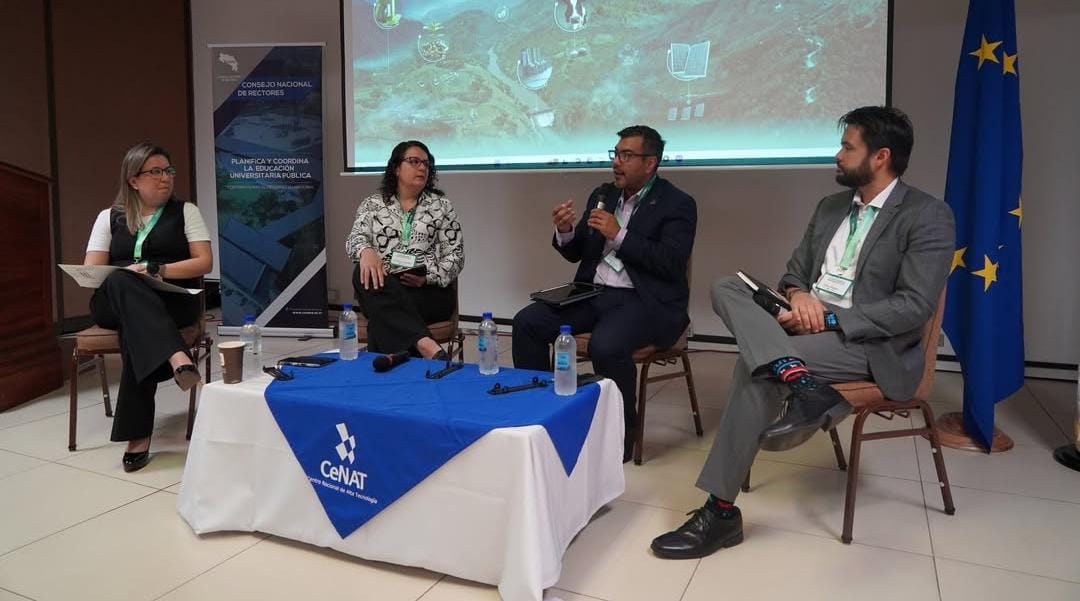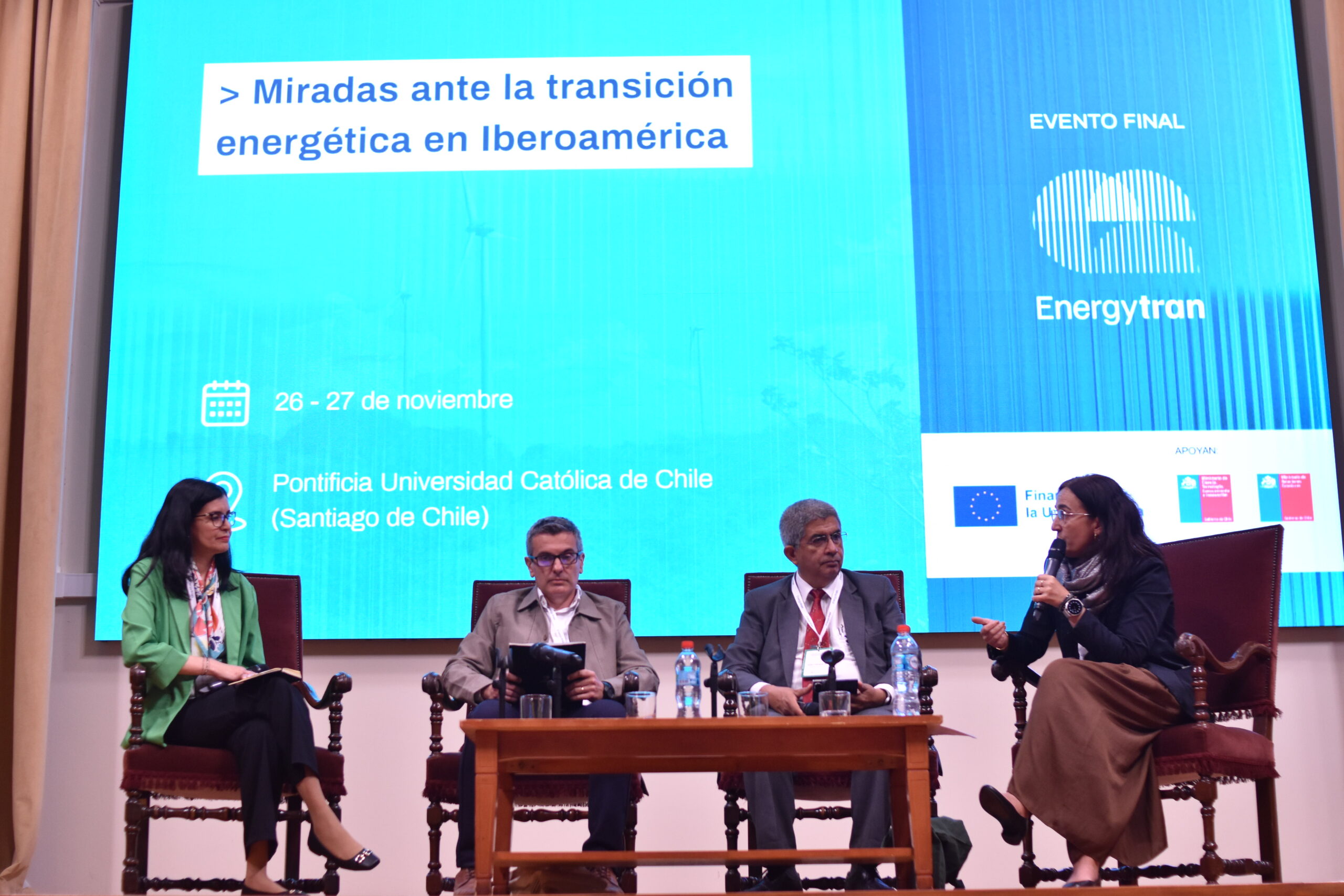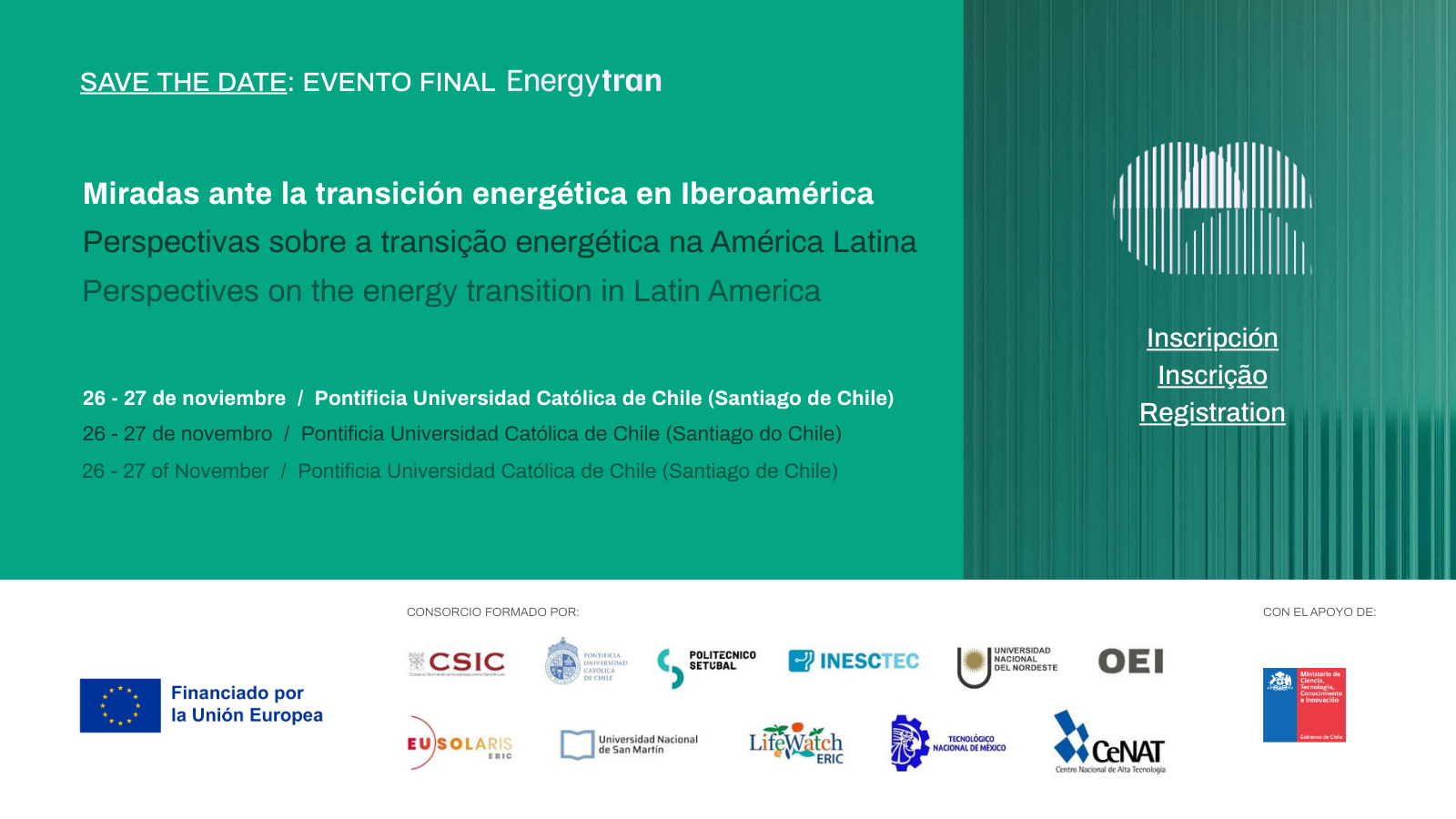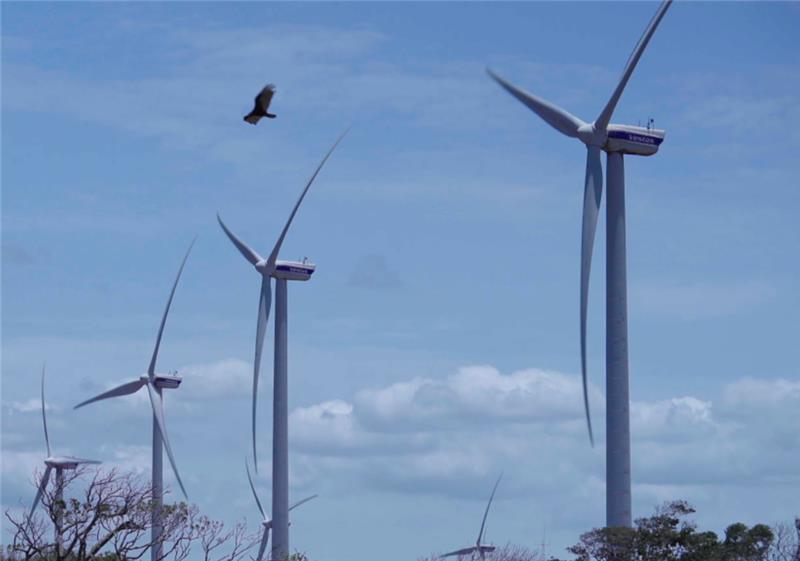SAN JOSÉ, Costa Rica – September 18, 2025 – The Organization of Ibero-American States for Education, Science and Culture (OEI) and the National Center for High Technology, through the Energytran Project, brought together leading experts from international cooperation, academia, the public sector, and research consortia for the “High-Level Meeting on Energy Transition and Climate Sustainability.” Held at the National Council of Rectors (CONARE), the event focused on analyzing regional challenges and forging strategic partnerships to accelerate an energy transition that is fair, sustainable, and inclusive across Ibero-America.
For more information: https://oei.int/oficinas/costa-rica/noticias/encuentro-de-alto-nivel-de-la-oei-forja-alianzas-estrategicas-para-acelerar-la-transicion-energetica-en-iberoameric/








